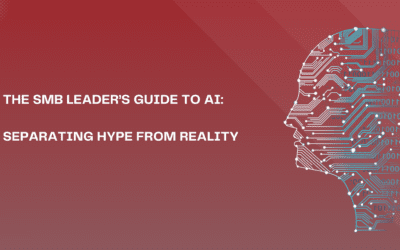Workplace Wellness
According to Forbes contributor Dan Schwabel, Workplace Wellness is listed among the Top 10 Workplace Trends for 2017.
“Workplace wellness, and well-being, become critical employee benefits for attracting top talent. Companies are using wellness programs to lower absenteeism, attract talent, and save on healthcare costs, while employees have become more health conscious in the past several years. Companies realize that workplace stress is the biggest health issue that employees face so they invest in creating a more relaxing and healthier environment for them+.”
It is our view that there are multiple factors driving this trend:
- the need to retain and attract younger workers who want a more holistic work life and workplace flexibility
- the blurred lines created by 24/7 technology connectivity
- the increase in contractor and remote-worker hiring for short-term projects
- the rise of mental health problems and illnesses either resulting from stress in the workplace or rising from external factors but having an impact on work
In Canada, the last factor continues to have a significant impact on the workplace and the economy.
Mental Health in the Workplace in Canada
- In any given year, one in five people in Canada experiences a mental health problem or illness, with a cost to the economy of well in excess of $50 billion
- Mental health problems and illnesses typically account for approximately 30 per cent of short-and long-term disability claims
Mental health problems and illnesses are rated one of the top three drivers of both short- and long-term disability claims by more than 80 per cent of Canadian employers Source: Mental Health Commission of Canada
Companies Respond to Workplace Stress
According to the Corporate Leadership Council, companies that effectively manage their work-life proposition can improve employee discretionary effort levels by 21% and increase employee intent to stay by 33%. Source: Corporate Executive Board (CEB Global)
In addition to offering formal flex-time, companies are recognizing workplace environmental factors including ergonomic design, noise and light distractions, technology design and technology stresses can contribute to poor well-being in the workplace.
Both commercial real estate giant CBRE and professional services firm Deloitte have built new head offices in downtown Toronto designed to attract and retain top talent, stimulate teamwork and collaboration and optimize wellness++.
The rise of interest in Wellness at Work also led to a new event, Wellness 16, launched last September, in partnership with Deloitte. The event encompassed all aspects of Wellness including Mind, Body and Spirit. Key topics discussed were the stigma of mental health, technology and the workplace, nutrition, and ergonomic design+++.
At Third Octet, we believe technology design and technological connectivity have a significant impact on our mental health, ability to engage with colleagues and work, make decisions, be creative and collaborate. They also greatly impact overall health and well-being. That’s why we focus on technology design and solutions that support individual’s wellness at work.
Workplace Wellness Survey
Improve technology design and minimize technology stress within your company with our ground breaking Workplace Wellness Survey. It will provide insight to personal well-being challenges and technology-related work environment stresses that are negatively impacting your employees’ productivity, engagement and well-being.
Sources:
+http://www.forbes.com/sites/danschawbel/2016/11/01/workplace-trends-2017
++http://www.thestar.com/business/2016/12/17/cbre-implements-wellness-practices-in-its-headquarters.html
+++http://www.unwired.eu.com/wellness/2016
http://www.workplacetrends.com



0 Comments